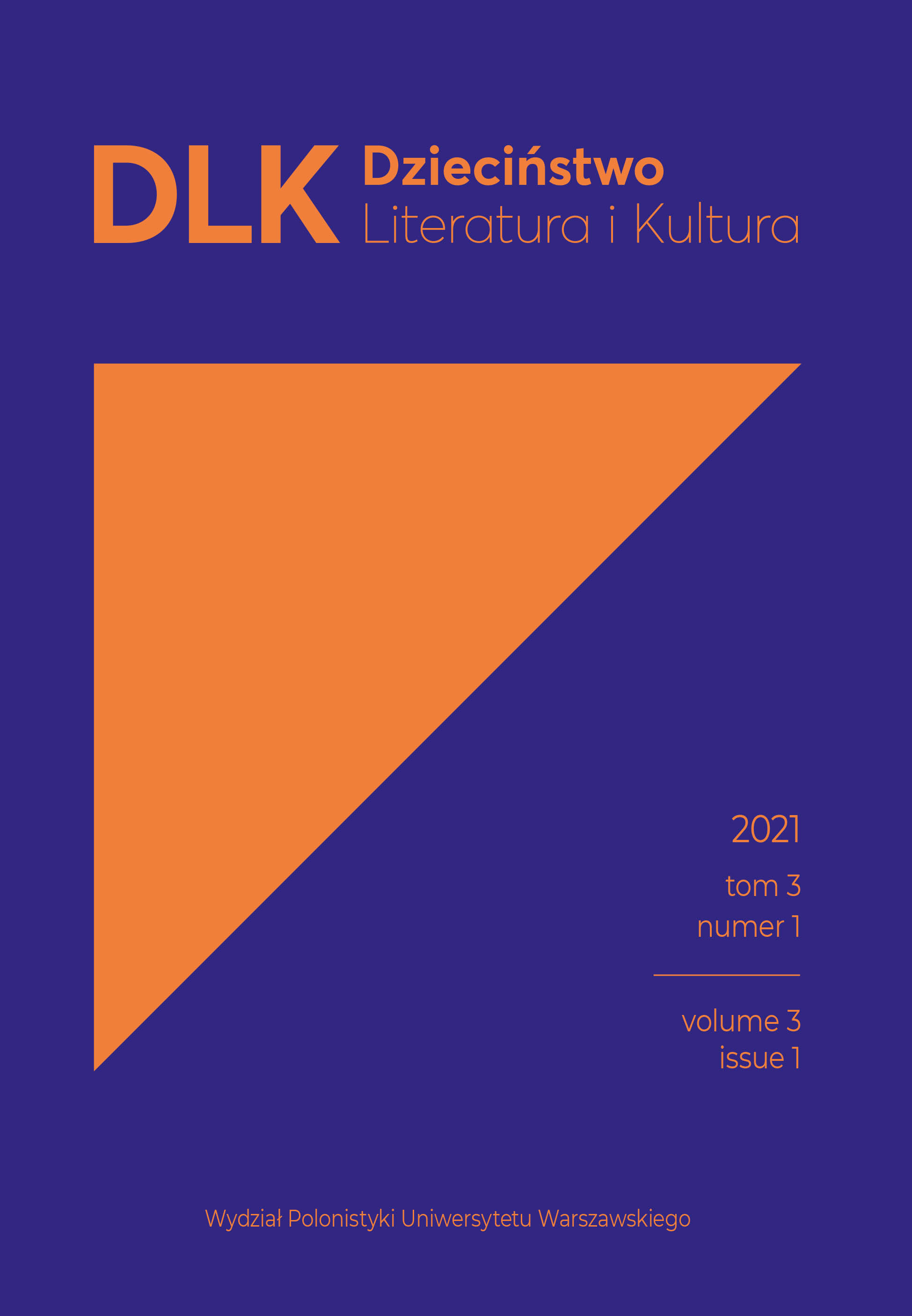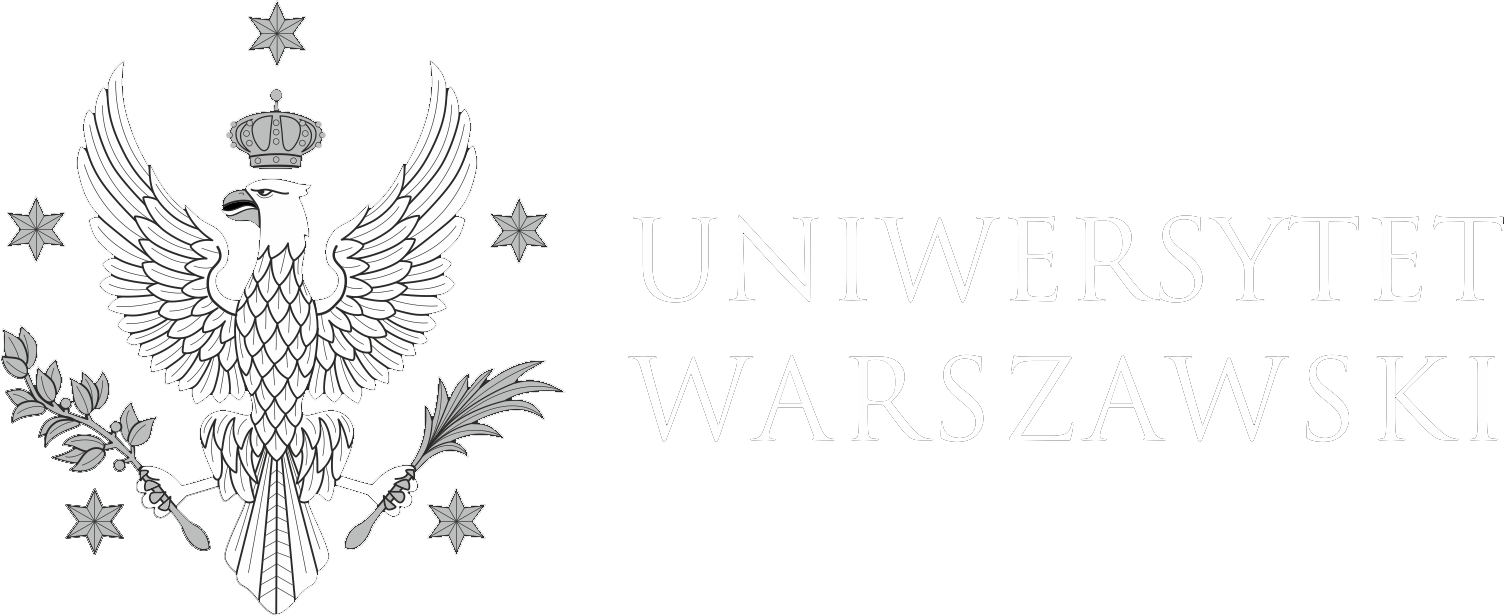Body: Child – Sick – Hybrid. Constructions of Corporeality in Jim Mickle and Beth Schwartz’s TV Series Sweet Tooth
Abstract
This article seeks to explore the constructions of corporeality in Jim Mickle and Beth Schwartz’s TV series Sweet Tooth (2021–2024), focusing on the hybrid human-animal physicality of its child characters through the lens of posthumanist thought, with particular attention given to animal studies, monster studies, and trash studies. The depiction of the hybrid children’s corporeality creates an effect of the uncanny, eliciting extreme and contradictory emotions. By introducing hybrid characters into the storyworld, the boundaries between the human and the non-human are blurred and the anthropocentric order is challenged. Due to their transgressive nature, these characters may appear monstrous. However, the depiction of relationships between adult characters and the child-animal hybrids in the series points to a contemporary shift in the definition of monstrosity, moving away from physical otherness and becoming a category of moral judgment. The author demonstrates that by portraying hybrid human-animal characters as subjective beings, worthy of respect and compassion, and by condemning actions leading to their objectification, the series outlines a posthumanist vision of society that rejects anthropocentrism in favour of harmonious coexistence between human and non-human beings
Keywords
body; corporeality; hybrid; hybridity; Sweet Tooth; postapo; posthumanism; monstrosity; animal studies; monster studies
References
Bauman, Z. (2004). Życie na przemiał (T. Kunz, tłum.). Wydawnictwo Literackie.
Cardoso, A. (2016). Apocalypse and sensibility: The role of sympathy in Jeff Lemire’s Sweet Tooth. Transatlantica, 2. https://doi.org/10.4000/transatlantica.8364.
Cybulski, A. (2021). „Kłopotliwe” ciała. Strategie przedstawiania fizycznej „anormalności” we współczesnym filmie fikcji. Wydawnictwo UŁ.
Derrida, J. (b.d.). Zwierzę, którym więc jestem (dalej idąc śladem) (M. Koza, tłum.). Pobrane 20 maja 2024 z: http://www.academia.edu/3316323/Jacques_Derrida_-_Zwierzę_którym_więc_jestem_dalej_idąc_śladem_ (wyd. oryg. 2002).
Favaro, M. (2022). Antiheroes in the rubble: Exploring the possibility of heroism in dystopias from Watchmen to The Last of Us. Imagining the Impossible: International Journal for the Fantastic in Contemporary Media, 1(1), 1–17. https://doi.org/10.7146/imaginingtheimpossible.129923.
Fiedorczuk, J. (2015). Cyborg w ogrodzie. Wprowadzenie do ekokrytyki. WN Katedra.
Gajewska, G. (2010). Arcy-nie-ludzkie. Przez science fiction do antropologii cyborgów. WN UAM.
Gajewska, G. (2023). Ekofantastyka. Ujęcie sympojetyczne. WN UAM.
Ghosh, A. (2017). The Great Derangement: Climate change and the unthinkable. University of Chicago Press.
Griffith, N., Stewart, D. (scen.), Mickle, J. (reż.). (2021). Stranger danger on a train [Niebezpieczny nieznajomy z pociągu] (sez. 1, odc. 6) [odcinek serialu telewizyjnego]. W: J. Mickle, B. Schwartz (prod.). Sweet Tooth [Łasuch]. Netflix.
Heimermann, M. (2016), Neoliberal darlings: The commodification of grotesque children in contemporary comics and literature [nieopublikowana praca doktorska]. University of Wisconsin-Milwaukee, Milwaukee, USA. Pobrane 20 maja 2024 z: https://dc.uwm.edu/etd/1151.
Joon-ho, B. (reż). (2017). Okja [film]. Netflix.
Lestel, D. (2015). Myśleć sierścią. Zwierzęcość w perspektywie drugoosobowej. W: A. Barcz, D. Łagodzka (red.), Zwierzęta i ich ludzie. Zmierzch antropocentrycznego paradygmatu (s. 17–33). IBL PAN. https://doi.org/10.4000/books.iblpan.5573.
Lester, J. (2021, 7 czerwca). Sweet & sour: Netflix fans seriously divided over ‘disgusting’ half-human, half-animal babies in new show Sweet Tooth. The Sun. Pobrane 30 maja 2024 z: https://www.thesun.co.uk/tv/15187520/netflix-fans-divided-human-animal-babies-sweet-tooth/.
Marcela, M. (2015). Monstruarium nowoczesne. Wydawnictwo UŚ.
Mickle, J., Schwartz, B. (prod.). (2021–2024). Sweet Tooth [Łasuch] [serial telewizyjny]. Netflix.
Mickle, J. (scen. i reż.). (2021a). Out of the deep woods [Z leśnych ostępów] (sez. 1, odc. 1) [odcinek serialu telewizyjnego]. W: J. Mickle, B. Schwartz (prod.). Sweet Tooth [Łasuch]. Netflix.
Mickle, J. (scen. i reż.). (2021b). Big Man [Wielkolud] (sez. 1, odc. 8) [odcinek serialu telewizyjnego]. W: J. Mickle, B. Schwartz (prod.). Sweet Tooth [Łasuch]. Netflix.
Mickle, J. (scen. i reż.), Schwartz, B. (scen.). (2021). Sorry about all the dead people [Przepraszam za te wszystkie trupy] (sez. 1, odc. 2) [odcinek serialu telewizyjnego]. W: J. Mickle, B. Schwartz (prod.). Sweet Tooth [Łasuch]. Netflix.
Mik, A. (2022). Signs of exclusion? Monsters from Classical mythology in children’s and young adult culture. DiG.
Nagy, K., Johnson, P. (red). (2013). Trash animals: How we live with nature’s filthy, feral, invasive, and unwanted species. University of Minnesota Press.
Ostler, J. (2015). Genocide and American Indian History. Oxford Research Encyclopedia of American History. https://doi.org/10.1093/acrefore/9780199329175.013.3.
Patterson, C. (2003). Wieczna Treblinka (R. Rupowski, tłum.). Vega!POL. (wyd. oryg. 2001).
Perry, M. (scen.), Ostrander, A. (reż.). (2021). Weird deer s**t [Jelenie bzdury] (sez. 1, odc. 3) [odcinek serialu telewizyjnego]. W: J. Mickle, B. Schwartz (prod.). Sweet Tooth [Łasuch]. Netflix.
Rąbkowska, E. (2016). „Śmieciowe” zwierzęta (trash animals) i „dzieci śmieci”. Relacje dziecka i zwierzęcia w literaturze dla dzieci i młodzieży. W: A. Mik, P. Pokora, M. Skowera (red.), Czytanie menażerii. Zwierzęta w literaturze dziecięcej, młodzieżowej i fantastycznej (s. 31–51). Wydawnictwo SBP.
Rąbkowska, E. (2020). Kulturowe obrazy zwierząt w polskiej literaturze dla dzieci i młodzieży w perspektywie animal studies. Wybrana problematyka [nieopublikowana praca doktorska]. Uniwersytet Warszawski.
Skowera, M. (2016). Literackie spotkania istot podporządkowanych. Studium przypadku: Miasteczko Ostatnich Westchnień Grzegorza Gortata. W: A. Mik, P. Pokora, M. Skowera (red.), Czytanie menażerii. Zwierzęta w literaturze dziecięcej, młodzieżowej i fantastycznej (s. 53–74). Wydawnictwo SBP.
Sławek, T. (2020). Śladem zwierząt. O dochodzeniu do siebie. Fundacja Terytoria Książki.
Smith, M. (1995). Engaging characters: Fiction, emotion, and cinema. Oxford University Press.
Spence, M. D. (1999). Dispossessing the wilderness: Indian removal and the making of the National Parks. Oxford University Press.
Swift, J. (1997). A modest proposal. Project Gutenberg. Pobrane 20 maja 2024 z: https://www.gutenberg.org/files/1080/1080-h/1080-h.htm (wyd. oryg. 1729).
Szydlowski, M. (2023). Happy (m)Other’s Day: Raising hybrid kids in a modern world. Society and Animals, 31(3), 427–430. https://doi.org/10.1163/15685306-bja10124.
Wieczorkiewicz, A. (2009). Monstruarium. Słowo/Obraz Terytoria.
Zielińska, E. (2018, 30 maja). Jak skończył się świat – przegląd motywów w postapo. Ostatnia tawerna. Pobrane 20 maja 2024 z: https://ostatniatawerna.pl/jak-skonczylsie-swiat-przeglad-motywow-w-postapo/.
University of Warsaw Poland
https://orcid.org/0009-0005-7488-2071
Faustyna Białous – MA, graduate of the Faculty of Polish Studies at the University of Warsaw, currently continuing her education at the Faculty of Sociology at the University of Warsaw (Poland). Her research interests include broadly defined fantasy genre, which she examines from a social and cultural perspective. Contact: f.bialous@student.uw.edu.pl.

This work is licensed under a Creative Commons Attribution 4.0 International License.
Open Access Policy
All articles presented on the pages of ”Dzieciństwo. Literatura i Kultura” are published in open access under a Creative Commons license - Attribution 4.0 International (CC BY 4.0). It means that:
- they can be made available and quoted under the condition of explicit and clear indication of the author/authors of the referenced text;
- you cannot use legal or technological means that would limit others in using the text under the terms of the license.
More information: https://creativecommons.org/licenses/by/4.0/





